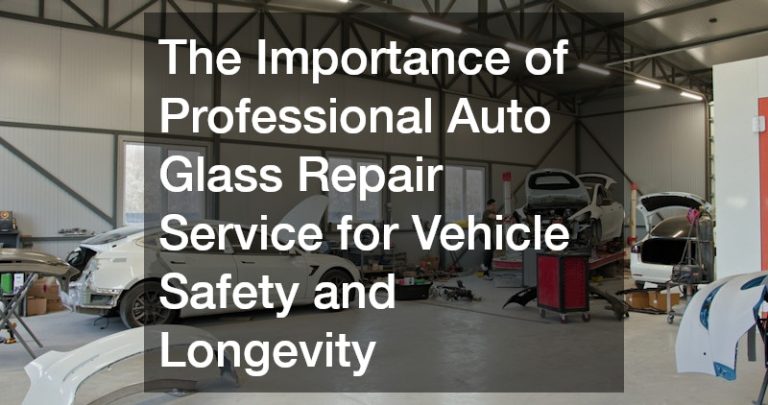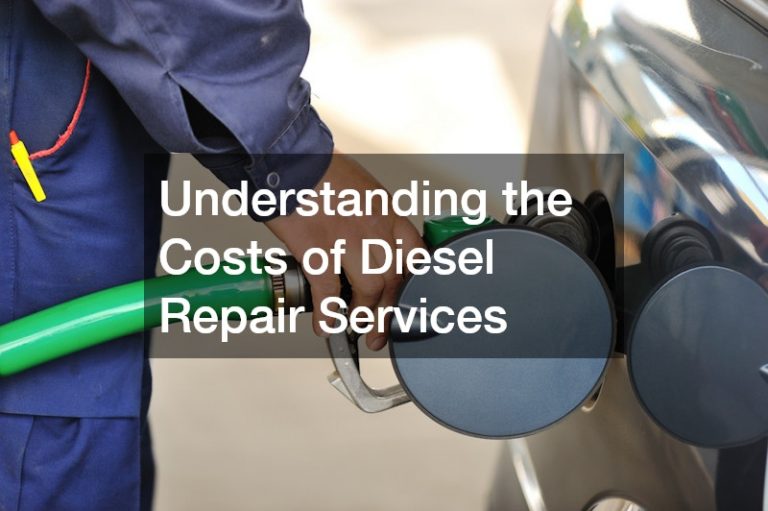Driving isn’t something that comes easy to most people. It takes a lot of time and practice. Just like learning how to drive, it takes time to get to know the parts of your car.
Every car owner knows that learning how to drive isn’t enough. Learning how to clean their car or change a flat tire comes with owning a car. It’s a lot of responsibility. You could be a great driver, but if the vehicle is faulty on the road, it can be a dangerous situation.
While other breakdowns and malfunctions are nothing but a hassle, driving with faulty brakes is a disaster waiting to happen. Now that winter is approaching, roads are bound to be slippery and icy. Having functional brakes is crucial more than ever.
In the meantime, let’s focus on your car brakes and some simple ways to manage them.
Do Quick and Easy Checks
If you haven’t yet, make it a habit to inspect your car regularly. Here are some ways to do that for your brakes.
Look at the Brakes
The easiest way to tell if brakes need attention is to check your brake warning lights. These can be found on your dashboard, along with a few other indicators. It’s best to familiarize yourself with what each light indicator means and what they’re for. Most people will ignore these warning signals, but it’s best to be mindful of them. Should your brake warning lights stay on, try to engage and disengage your parking brake

Check for Leaks
Check if there are leaks under your car. There might be a leak in your brake’s hydraulic system. Some older cars share a common indicator for brake system issues. If the issue persists, contact a mechanic since they’re equipped with the right tools and expertise to solve this issue.
Observe Pedal Sensitivity
Another easy-to-do check for your brake is to put some of your foot’s weight on the pedal. The pedal should still give some resistance. If the pedal seems loose, call a mechanic or seek complete auto care services as soon as possible. This could be a sign that your brake fluid is leaking or that air or moisture has somehow gotten into your brake lines.
Driving with a Faulty Brake
If you’ve had the car for a long time, you might observe screeching when you hit the brake. It sounds alarming, but don’t panic. This is most likely caused by wear and tear. The earlier this is caught, the better because it will be less costly to repair. Don’t put this off, as it can damage the rotors of the car.
Putting this off will prove harmful to your vehicle. This will increase the friction on the rotor, overheating the assembly. In addition, it causes the hydraulic fluids in the brake system to boil. As a result, you’ll see smoke coming out of the tires, accompanied by a wafting smell of burnt chemicals.
When Your Car Needs Immediate Professional Attention
A damaged rotor can cause other complications for your brake system. The rotor is a large disc sitting just behind the wheel of your car. Brake pads are pushed into the rotor by brake calipers to stop the vehicle. If you experience wobbling or shaking upon stepping on the brake, you might have an issue with any of these components. Your rotor might be warped or have deformations on its surface from wear and rust.
Haphazardly replacing the lug nuts on your wheel also causes deformities on the rotor. In this case, you can have your rotor replaced or resurfaced by experts. They’ll need to be precise to about a thousandth of an inch to negate any wobbling.
Issues with your brake calipers also cause vibration. Gunk and debris might cause the pistons to get stuck. This can result in uneven pressure from one wheel to the other, causing the car to drift or “pull” to one side.
The Bottom Line
It’s getting chilly outside, and the roads are becoming dangerous. There’s no other time of the year when you’ll need your brakes more, although it’s very wise to have functional ones all year round. Remember, well-maintained and functioning brakes aren’t just friendly to your wallet. They keep you and your loved ones’ safe, no matter what the destination is.







